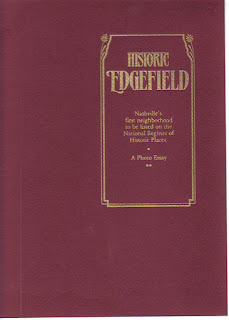 |
| Louisa May Alcott |
I’d written for a class assignment a twelve-page, slightly over-heated story about six brothers and sisters having to spend Christmas with an aunt and uncle recently arrived from Norway. Bereft because their parents had to go to the Southwest for reasons of the father’s health, the children ended up with an experience to remember. My great-grandparents had immigrated from Norway, so I plumbed the memories of various relatives for anecdotes and pertinent holiday details to make my story seem more real. At my teacher’s request, I read the paper aloud to my classmates amid mixed feelings of embarrassment and pride.
Afterward, I believed, like Jo, I should have my own quiet, private place to write all those stories that would no doubt soon be published. So I looked above for a solution–not for divine guidance but to our own attic. This space was a dark and cavernous room, particularly dark where the ceiling burrowed under the eaves. It was, however, spotlessly clean and had decided possibilities. I imagined Jo’s own attic was much like ours. After all, we had an old house, too, built before World War I.
To reach the attic, one ascended via a treacherously narrow stairway. In the mind of a ten-year-old girl, that dark passage held uncertain perils--a corner landing that was pitch black, steep stairs, and no rails. I don’t know what I expected–a criminal lurking in the shadows ready to pounce; a mouse scuttling across my path, though no self-respecting rodent would put up with my mother’s unrelenting attentions; more probably, a slip of the foot and a painful crash down the stair well.
A long cord hung from the top of the room to the foot of the stairs and when pulled would turn on the faint light above. Nine times out of ten, the last person to exit the area would pull too hard and the string would fly back and catch on the steps above. So I would have to climb with blind eyes, feeling my way on the curving, narrow treads. Once I arrived at the top, it was not much better, illumination coming from two low windows a great distance from one another and a fifteen watt bulb in the center of the room.
Nonetheless, because of zealous devotion to my craft, I tried to conquer my fears, seeing a large trunk that would make a fine writing table. I hauled it to one end of the room near a window within easy reach of a homemade bookcase. A small stool with a wobbly leg completed my arrangements; the young writer was poised for fame.
But in arranging my papers, I noticed the trunk had a bumpy top that wouldn’t do at all. My mother helped me cut out a piece of cardboard for a smooth writing surface but the glow had started to fade. My work table had become non-authentic. Would Jo have had a cardboard cutout? And then the stool, unfortunately, was not suitable for long periods of sitting; it cramped my legs and strained my back to hunch on it. I found I had to stand up and stretch a lot, albeit carefully, for though I was only five feet, two inches, the ceiling at that point was five feet high.
What bothered me the most and kept me from writing as prolifically as I had expected was the strange muffled sounds I heard from time to time downstairs. Bangs and thuds, thin human cries, and the faint ringing of bells (telephone? front door?) all necessitated my running to the edge of the stairs and yelling,”What was that?” or “Did someone call me?”
I started quite a number of pieces of writing, but it was hard going when my pencil seemed to need sharpening after only a few sentences. Also, the attic was as quiet as a tomb, and I couldn’t concentrate for lack of the usual distractions. In fact, time seemed frozen.. How strange to spend long hours toiling over my writing only to be told by my mother when I went downstairs for a drink of water that a mere ten minutes had elapsed since my last visit.
My writing was dull, unsatisfying; even my memoirs were lacking. For inspiration I tried to write something based on a title stolen from one of Jo’s early stories, “The Repentance of Lady Clinton,” but I couldn’t decide what she was repenting about and gave it up as a bad job.
As the summer days grew hotter and hotter, I discovered I could not think or write in the inferno our attic had become. I moved to the more comfortable dining room table with unspoken relief, my mother diplomatically not saying a word. The attic room was abandoned forever to old clothes and furniture, never again to be a haunt of the Muse.
